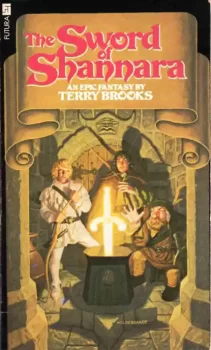The Sword & Planet of S. M. Stirling and Al Sarrantonio

In 2006 and 2008, Tor books sought a revival of Sword & Planet fiction with two books by S. M. Stirling. It didn’t quite work out but the readers got some interesting results, including a book that is now in my top ten of S&P novels.
First up was The Sky People, set on Venus in an alternate solar system where the planets are inhabitable and inhabited, much like the solar system of ERB, Brackett, and Moore. In the acknowledgements, Stirling even thanks ERB, Brackett and Otis Adelbert Kline, and mentions the Northwest Smith stories of Moore, as well as ERB’s “Wrong Way” Carson of Venus.
Stirling posits a space race that pits the US and their allies against the Soviets for control of this habitable solar system. When they land on Venus they find a jungle world, much like the Venus of ERB. It turns out to be inhabited by both Homo sapiens and Neanderthals, a mystery that is eventually solved. This one is definitely not Sword & Planet. It combines standard SF with hints of Pellucidar’s time lost world of dinosaurs and sabretooths. Fun but not stellar in my opinion.









